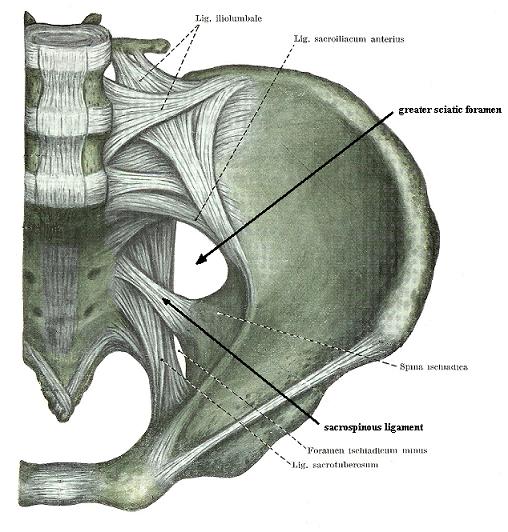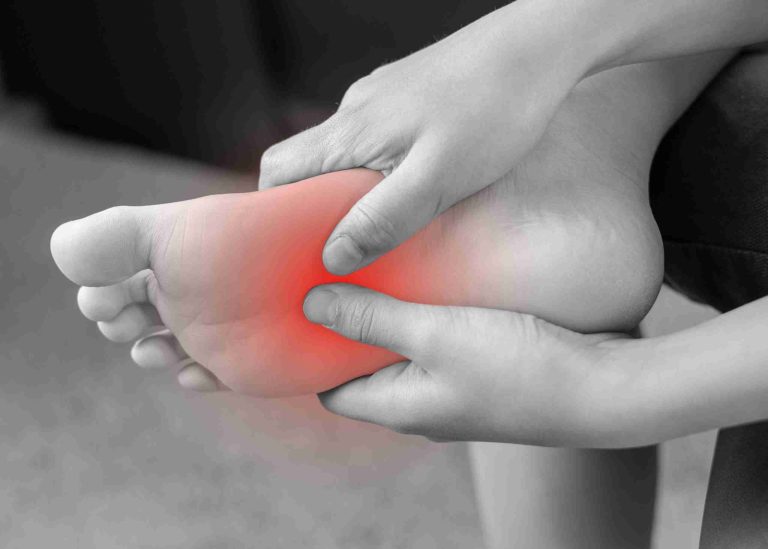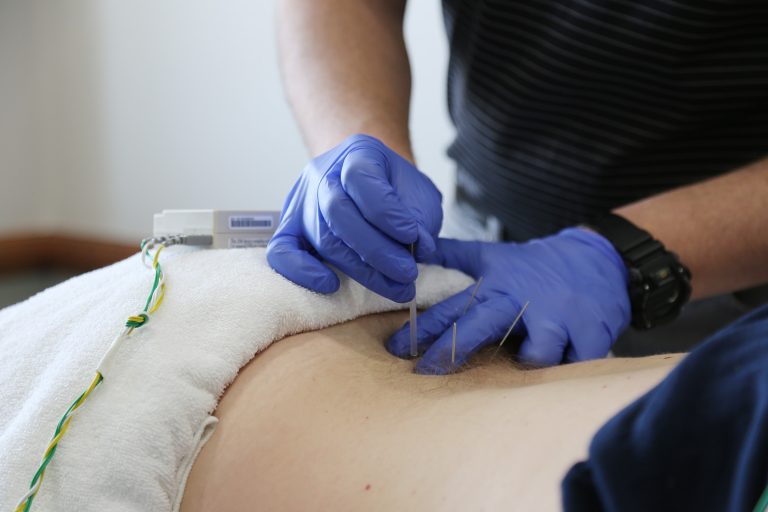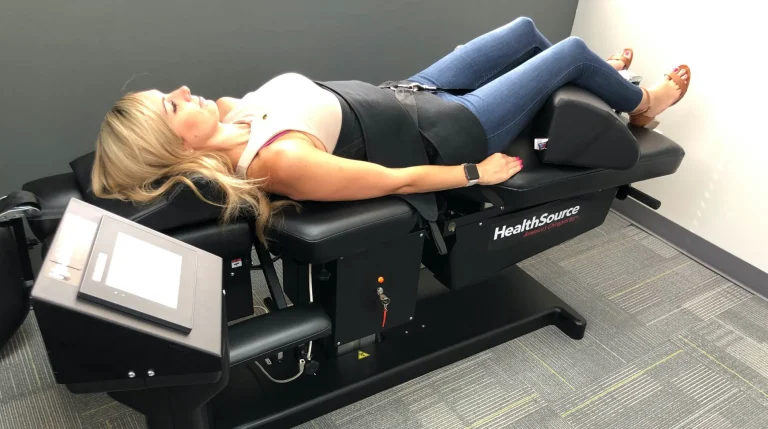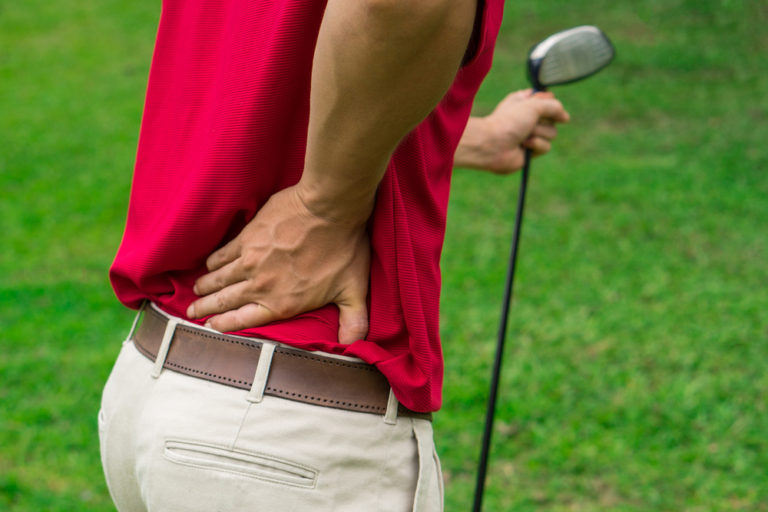Where is the Greater Sciatic Notch?
For those grappling with the throes of sciatica, understanding the intricate details of the human anatomy becomes paramount. Amidst the labyrinth of bones and nerves lies a crucial landmark known as the greater sciatic notch. But what is sciatic notch and where exactly is the greater sciatic notch located, and why does it matter in the realm of sciatica management? Let’s delve deeper into this anatomical mystery to shed light on its significance for those seeking relief from sciatic pain.
The Anatomy Unraveled: Defining the Greater Sciatic Notch
First and foremost, let’s demystify the term. The greater sciatic notch is a key feature of the human pelvis. It is a large notch located on the posterior aspect of the pelvis, specifically on the ilium bone of the hip. This bony structure serves as a passageway for important structures such as the sciatic nerve, piriformis muscle, and blood vessels, making it a pivotal anatomical landmark in the context of sciatica.
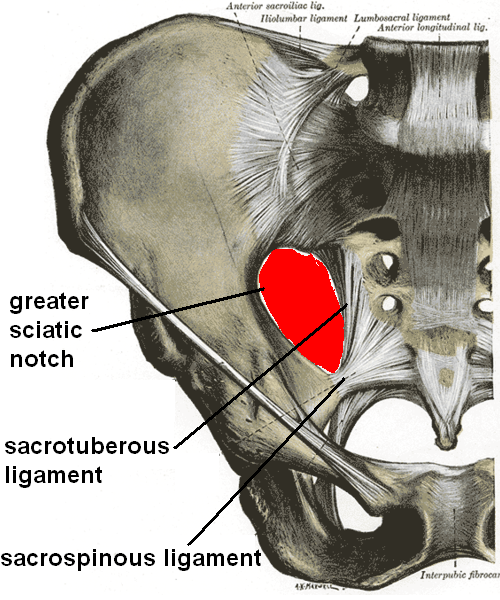

Understanding the Role in Sciatica: A Closer Look
Now that we’ve pinpointed its location, let’s explore why the greater sciatic notch holds such significance for individuals grappling with sciatica. Sciatica, characterized by pain radiating along the sciatic nerve, often originates from compression or irritation of this nerve as it passes through the greater sciatic notch. This compression can occur due to various factors, including herniated discs, spinal stenosis, or even tight muscles such as the piriformis.
Navigating the Greater Sciatic Notch: Implications for Sciatica Patients
For sciatica patients, the condition can significantly impact daily life, leading to debilitating pain, numbness, and weakness in the lower back, buttocks, and legs. Understanding the precise location of the greater sciatic notch can provide valuable insights into the underlying causes of sciatic pain and guide treatment strategies aimed at alleviating discomfort and improving quality of life.
Identifying the Culprit: How Compression Occurs in the Greater Sciatic Notch
When the sciatic nerve becomes compressed within the greater sciatic notch, it can result in a range of symptoms that vary in intensity and duration. The compression may stem from various sources, such as herniated discs, bone spurs, or muscle tightness. Additionally, anatomical variations in the size and shape of the greater sciatic notch can predispose individuals to nerve impingement, highlighting the importance of personalized treatment approaches.
Exploring Treatment Options: Relief Beyond the Greater Sciatic Notch
In addressing sciatica, treatment strategies often aim to alleviate pressure on the sciatic nerve and reduce inflammation to relieve symptoms. Physical therapy exercises, stretching routines, and ergonomic modifications can help alleviate compression in the greater sciatic notch and improve mobility and function. Moreover, modalities such as chiropractic adjustments, acupuncture, and nerve blocks may offer targeted relief for sciatica sufferers.
Harnessing Knowledge for Relief: Empowering Sciatica Patients
Armed with a deeper understanding of the greater sciatic notch and its implications for sciatica, patients can take proactive steps towards managing their condition effectively. By adopting a multidisciplinary approach that integrates medical interventions, lifestyle modifications, and self-care practices, individuals can reclaim control over their health and well-being. Remember, knowledge is power, and by leveraging insights into anatomical landmarks like the greater sciatic notch, sciatica patients can embark on a journey towards lasting relief and recovery.
Conclusion: Navigating the Path to Sciatica Relief
In the intricate landscape of the human body, the greater sciatic notch stands out as a critical anatomical feature with profound implications for sciatica sufferers. Understanding its location and role in nerve compression can empower individuals to explore tailored treatment options and reclaim their quality of life. As we continue to unravel the mysteries of anatomy and physiology, let us forge ahead with curiosity and resilience, guided by the promise of relief and healing for all. Remember, at Medcareline.com, we’re committed to providing valuable resources and support to help you navigate your journey towards sciatica relief and optimal wellness.
Frequently Asked Questions
Q1. Can the greater sciatic notch change in size or shape over time?
A. While the bony structure of the greater sciatic notch typically remains stable throughout adulthood, certain factors such as pelvic fractures or degenerative changes in the spine can alter its size or shape. These changes may contribute to increased pressure on the sciatic nerve and exacerbate symptoms of sciatica.
Q2. Are there specific exercises targeted at relieving compression in the greater sciatic notch?
A. Yes, physical therapy exercises can play a crucial role in alleviating pressure on the sciatic nerve within the greater sciatic notch. These exercises often focus on strengthening the muscles surrounding the pelvis, improving flexibility, and promoting proper alignment to reduce compression and enhance overall function.
Q3. How does pregnancy affect the greater sciatic notch and sciatica symptoms?
A. During pregnancy, hormonal changes and the growing uterus can exert pressure on the sciatic nerve as it passes through the greater sciatic notch. This can result in sciatica symptoms such as lower back pain, buttock pain, and leg discomfort. Pregnant individuals experiencing sciatica should consult with their healthcare provider for appropriate management strategies.
Q4. Can posture correction alleviate symptoms of sciatica related to the greater sciatic notch?
A. Yes, maintaining proper posture is essential for reducing strain on the lower back and pelvis, which can in turn alleviate pressure on the sciatic nerve within the greater sciatic notch. Employing ergonomic principles in sitting, standing, and lifting can help mitigate symptoms and prevent exacerbations of sciatica.
Q5. Are there surgical interventions available for addressing compression in the greater sciatic notch?
A. In cases where conservative treatments fail to provide adequate relief, surgical interventions may be considered to decompress the sciatic nerve within the greater sciatic notch. Surgical options may include discectomy, laminectomy, or minimally invasive procedures aimed at alleviating nerve compression and restoring function.
Q6. Can lifestyle modifications help alleviate symptoms of sciatica associated with the greater sciatic notch?
A. Yes, adopting lifestyle modifications such as maintaining a healthy weight, avoiding prolonged sitting or standing, and practicing stress-reduction techniques can help reduce inflammation and improve overall spinal health, thereby alleviating symptoms of sciatica stemming from compression in the greater sciatic notch.
Q7. Is there a correlation between the anatomy of the greater sciatic notch and the risk of developing sciatica?
A. Research suggests that anatomical variations in the size and shape of the greater sciatic notch may influence the likelihood of developing sciatica. Individuals with narrower or more constricted notches may be at increased risk of experiencing compression of the sciatic nerve, predisposing them to sciatic symptoms.
Q8. Can nerve flossing exercises provide relief for sciatica related to the greater sciatic notch?
A. Nerve flossing exercises involve gentle mobilization of the sciatic nerve to reduce adhesions and improve nerve glide. While these exercises may offer temporary relief for some individuals, it’s essential to perform them under the guidance of a qualified healthcare professional to avoid exacerbating symptoms.
Q9. Are there alternative therapies that can complement traditional treatments for sciatica involving the greater sciatic notch?
A. Yes, alternative therapies such as acupuncture, massage therapy, and herbal supplements may provide additional relief for sciatica symptoms by addressing underlying imbalances in the body and promoting overall wellness. However, it’s crucial to consult with a healthcare provider before integrating these therapies into your treatment plan.
Q10. How can ergonomic modifications in the workplace alleviate symptoms of sciatica associated with the greater sciatic notch?
A. Implementing ergonomic adjustments such as using lumbar support cushions, adjusting chair height and position, and incorporating regular breaks for stretching and movement can help reduce pressure on the sciatic nerve within the greater sciatic notch, thereby minimizing discomfort and improving productivity in the workplace.
References
- Bogduk N. The anatomy and pathophysiology of the sacroiliac joint. Clin Biomech. 1987;2(1):13-23.
- Fishman LM, Dombi GW, Michaelsen C, Ringel S, Rozbruch J, Rosner B, Weber C. Piriformis syndrome: diagnosis, treatment, and outcome–a 10-year study. Arch Phys Med Rehabil. 2002 Feb;83(3):295-301.
- Lee JW, Kim SH, Lee IS, Choi JA, Choi JY, Hong SH, Kang HS. Radiating pain to the lower extremities caused by the superior cluneal nerve. AJR Am J Roentgenol. 2012 May;198(5):W453-9.

